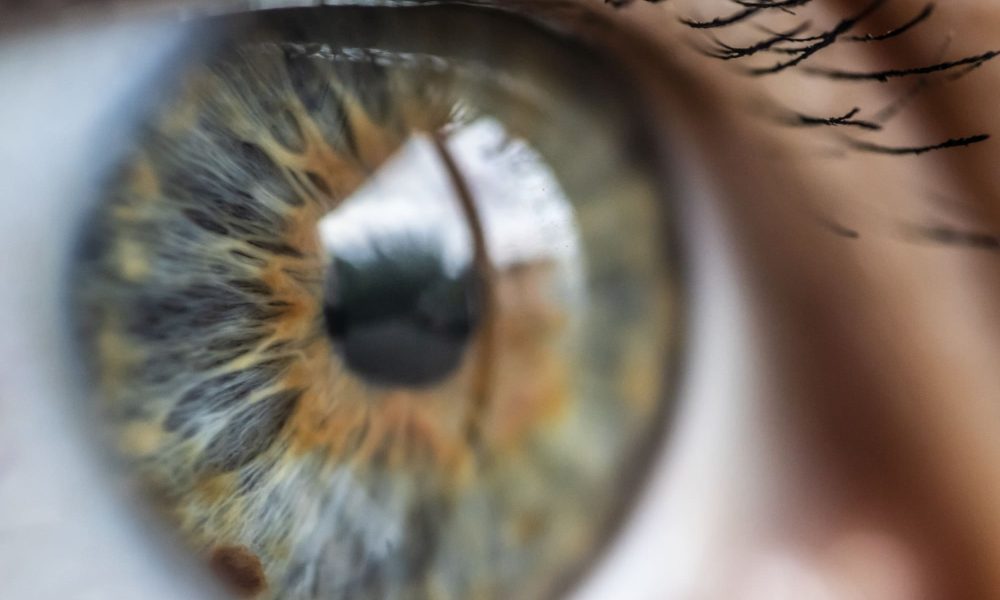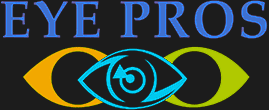Studies show that 14 million Americans are visually impaired. Many of these people with vision problems have uncorrected impairments and could benefit from things like eyeglasses or contact lenses. However, there are many reasons why you may have blurry eyesight, so it is important that you know what is causing your vision problems. One common cause of blurry vision is astigmatism. What is an astigmatism?
Keep reading this guide for everything you need to know about astigmatism and its symptoms, causes, and treatments.
What Is an Astigmatism?
Astigmatism is a type of refractive error, similar to nearsightedness (myopia) and farsightedness (hyperopia). It occurs when the cornea or lens of the eye has an irregular shape. In a normal eye, the cornea and lens have a smooth, spherical curvature. However, in an eye with astigmatism, the curvature is uneven, like a football or egg, causing light to focus on multiple points in the retina rather than a single point.
- Astigmatism vs Normal Vision: In normal vision, the cornea and lens focus light directly onto the retina, creating a clear image. With astigmatism, the irregular shape of the cornea or lens distorts light, leading to blurred vision at all distances.
Astigmatism Causes
The exact causes of astigmatism are not entirely understood, but it is often present at birth and is thought to be hereditary. Some common causes include:
- Genetics: Most cases of astigmatism are inherited. If one or both parents have astigmatism, there’s a higher likelihood that their children will also develop the condition.
- Eye Injury or Surgery: Trauma to the eye, such as a cut or puncture, can cause scarring of the cornea, leading to astigmatism. Eye surgeries, especially those involving the cornea, can also alter its shape and cause astigmatism.
- Keratoconus: This is a progressive eye disease where the cornea thins and bulges into a cone-like shape, causing severe astigmatism and vision problems.
- What Causes Astigmatism to Worsen: Factors such as eye strain, aging, and untreated keratoconus can worsen astigmatism over time. Additionally, excessive rubbing of the eyes and poorly fitted contact lenses can exacerbate the condition.
Common Symptoms of Astigmatism
Recognizing the symptoms of astigmatism is crucial for early diagnosis and treatment. Common symptoms include:
- Blurry or Distorted Vision: Objects may appear blurry, stretched, or wavy, regardless of distance.
- Astigmatism Vision: This refers to the specific way people with astigmatism perceive their surroundings, often described as seeing multiple images or experiencing ghosting.
- Eyestrain and Headaches: The constant effort to focus can lead to eye discomfort, fatigue, and frequent headaches.
- Difficulty Seeing at Night: Reduced clarity and increased sensitivity to glare make it challenging to see in low-light conditions.
- Squinting: To improve focus, individuals with astigmatism may squint their eyes, which can lead to further strain.
If you notice these astigmatism symptoms, it’s essential to consult an eye care professional for an evaluation.
How to Diagnose Astigmatism
Diagnosing astigmatism involves a comprehensive eye exam that includes several specific tests:
- Astigmatism Test: This typically includes a visual acuity test where you read letters from a chart to measure clarity at various distances. If vision is blurred or distorted, astigmatism may be present.
- Keratometry: This test measures the curvature of the cornea using a keratometer, which helps to determine the extent of astigmatism.
- Refraction Test: Using a phoropter, your eye doctor will place a series of lenses in front of your eyes and ask you to identify which one gives you the clearest vision. This helps in determining the precise prescription needed to correct astigmatism.
- Topography: A corneal topography test creates a detailed map of the surface curvature of the cornea, providing precise information about its shape and irregularities.
How to Treat Astigmatism
There are several effective methods for correcting astigmatism:
- Eyeglasses: The simplest and most common way to correct astigmatism is with prescription glasses. These lenses are specially designed to compensate for the irregular shape of the cornea or lens.
- Contact Lenses: Specially designed contact lenses, such as Acuvue Oasys for Astigmatism, can also correct astigmatism. These lenses are toric in shape, meaning they have different powers in different meridians of the lens to correct the uneven curvature.
- Orthokeratology (Ortho-K): This involves wearing rigid gas-permeable contact lenses overnight to temporarily reshape the cornea. While effective, the results are temporary, and the cornea will revert to its original shape if the lenses are not worn regularly.
- Refractive Surgery: Procedures like LASIK, PRK, and LASEK are surgical options for how to fix astigmatism. These surgeries reshape the cornea, providing a more permanent solution to astigmatism. However, not everyone is a candidate for refractive surgery, so it’s important to consult with a specialist.
Managing Astigmatism
Managing astigmatism involves regular eye exams to monitor any changes in vision and adjusting treatments as needed. Wearing the correct prescription lenses and following your eye doctor’s recommendations are essential for maintaining optimal vision.
Astigmatism is a common and manageable vision condition that affects millions of people worldwide. By understanding its causes, recognizing the symptoms, and seeking appropriate astigmatism treatment, you can maintain clear vision and reduce the impact of astigmatism on your daily life. Whether you choose eyeglasses, contact lenses like Acuvue Oasys for Astigmatism, or surgical options, correcting astigmatism is possible with the right care and guidance.
Finally, your eye doctor may recommend refractive surgery to treat severe astigmatism. This includes LASIK, PRK, and LASEK. These surgeries can reshape your cornea to permanently correct your vision.
FAQs
What causes astigmatism?
Astigmatism is caused by an irregularly shaped cornea or lens, which prevents light from focusing properly on the retina. It is often hereditary but can also result from eye injury, surgery, or keratoconus.
What happens if you have astigmatism?
If you have astigmatism, your vision may be blurry or distorted at all distances. You might also experience eyestrain, headaches, and difficulty seeing at night.
How does a person with astigmatism see?
A person with astigmatism sees images that are blurred, stretched, or wavy due to the uneven curvature of the cornea or lens, causing light to focus on multiple points on the retina.
How do you fix astigmatism?
Astigmatism can be corrected with prescription eyeglasses, contact lenses, or refractive surgery like LASIK, which reshapes the cornea for clearer vision.
What should you avoid if you have astigmatism?
Avoid excessive eye rubbing and poorly fitted contact lenses, as they can worsen astigmatism. It’s also important to protect your eyes from UV rays by wearing sunglasses.
How to cure astigmatism permanently?
The only permanent cure for astigmatism is refractive surgery, such as LASIK or PRK, which reshapes the cornea to correct vision. However, not everyone is a candidate for these surgeries.
Can your astigmatism correct itself?
Astigmatism typically does not correct itself. Regular eye exams and appropriate corrective lenses or surgery are needed to manage the condition.
Dealing With Blurred Vision? We Can Help
When you have blurry eyesight, it can impact your ability to do your daily tasks. Learning the answer to “what is an astigmatism” and its causes, symptoms, and treatments can help you get the treatment you need!
If you are looking for an eye doctor in Utah, The Eye Pros can help! We are a premier eye care clinic in Orem and Layton and provide contact lenses to help you improve your vision.
Contact us today to learn more about our eye care services or to get an eye exam!






